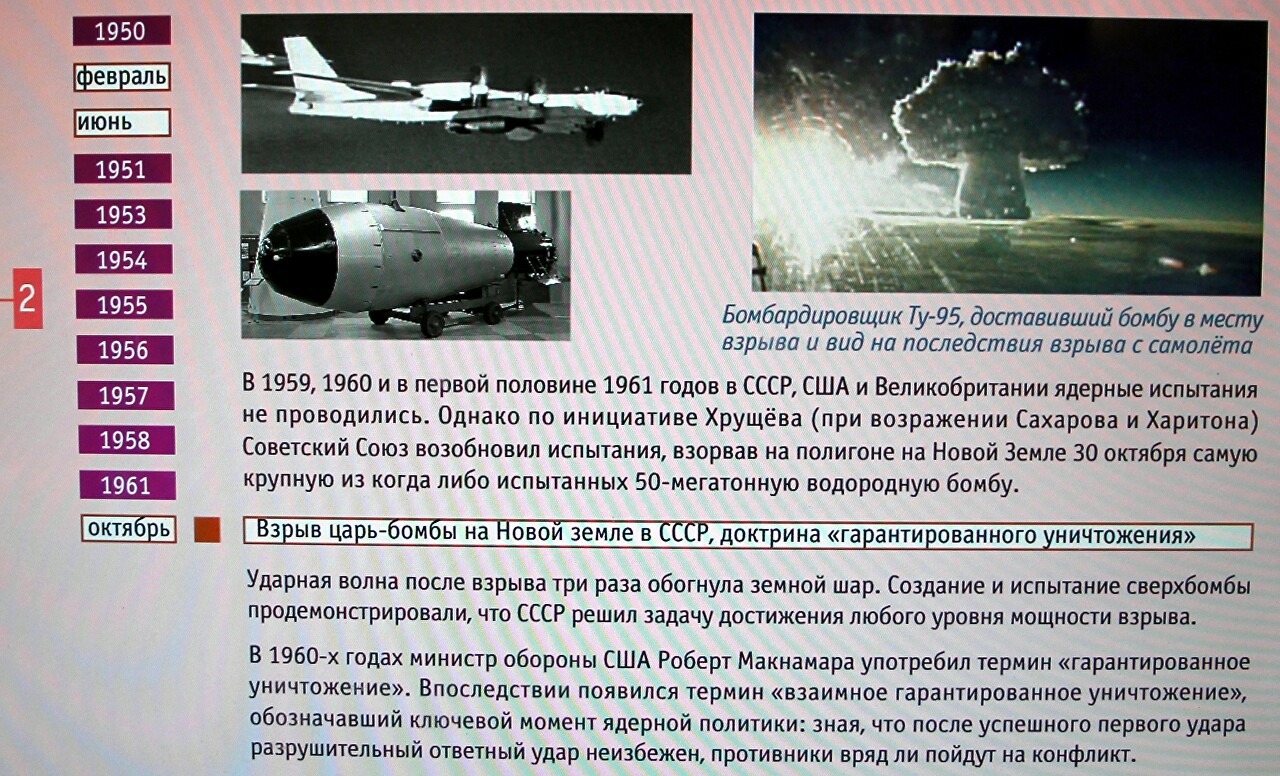First Soviet Nuclear bomb RDS-1 (РДС-1). Polytechnic Museum, Moscow
Research in the field of nuclear physics in the Soviet state began almost immediately after the Civil War. In 1922, the Radium Institute was founded in Leningrad, where fundamental research on the phenomenon of radioactivity and the properties of radioactive substances began. In 1937, the first cyclotron in Europe was launched, and by the early 40s, Soviet scientists already had an extensive theoretical basis for the practical use of atomic energy.
With the outbreak of the Second World War, Germany, the United States and Great Britain launched secret research on the use of atomic energy for military purposes, in September 1941, Soviet intelligence received information in the UK about the possibility of creating weapons of enormous destructive power. It was a very difficult period, the USSR was on the verge of military defeat, so only in May 1924, the Academy of Sciences of the USSR was given the task to study the possibility of creating such weapons. In August 1942, the United States launched the so-called Manhattan project to create nuclear weapons, and of course it did not remain without the attention of Soviet intelligence. On September 29, the resolution of the State Defense Committee "On the organization of work on uranium" was issued, on February 11, 1943, a resolution was adopted on the beginning of practical work on the creation of an atomic bomb, and in the meantime, Soviet agents were actively introduced into all US design and research centers involved in the creation of atomic weapons. The most important source of information was the scientist Klaus Fuchs, who worked in the British nuclear program in 1940. After the German attack on the USSR, Fuchs, being a committed communist, offered his services to the staff of the Soviet embassy in London. In 1943, Fuchs arrived in the United States, where he joined the work on the "Manhattan Project. As a result, the description of the first nuclear explosive device was obtained within 12 days after its assembly, and then the most detailed results of the first test explosion.

Research in the field of nuclear physics in the Soviet state began almost immediately after the Civil War. In 1922, the Radium Institute was founded in Leningrad, where fundamental research on the phenomenon of radioactivity and the properties of radioactive substances began. In 1937, the first cyclotron in Europe was launched, and by the early 40s, Soviet scientists already had an extensive theoretical basis for the practical use of atomic energy. With the outbreak of the Second World War, Germany, the United States and Great Britain launched secret research on the use of atomic energy for military purposes, in September 1941, Soviet intelligence received information in the UK about the possibility of creating weapons of enormous destructive power. It was a very difficult period, the USSR was on the verge of military defeat, so only in May 1924, the Academy of Sciences of the USSR was given the task to study the possibility of creating such weapons. In August 1942, the United States launched the so-called Manhattan project to create nuclear weapons, and of course it did not remain without the attention of Soviet intelligence. On September 29, the resolution of the State Defense Committee "On the organization of work on uranium" was issued, on February 11, 1943, a resolution was adopted on the beginning of practical work on the creation of an atomic bomb, and in the meantime, Soviet agents were actively introduced into all US design and research centers involved in the creation of atomic weapons. The most important source of information was the scientist Klaus Fuchs, who worked in the British nuclear program in 1940. After the German attack on the USSR, Fuchs, being a committed communist, offered his services to the staff of the Soviet embassy in London. In 1943, Fuchs arrived in the United States, where he joined the work on the "Manhattan Project. As a result, the description of the first nuclear explosive device was obtained within 12 days after its assembly, and then the most detailed results of the first test explosion.
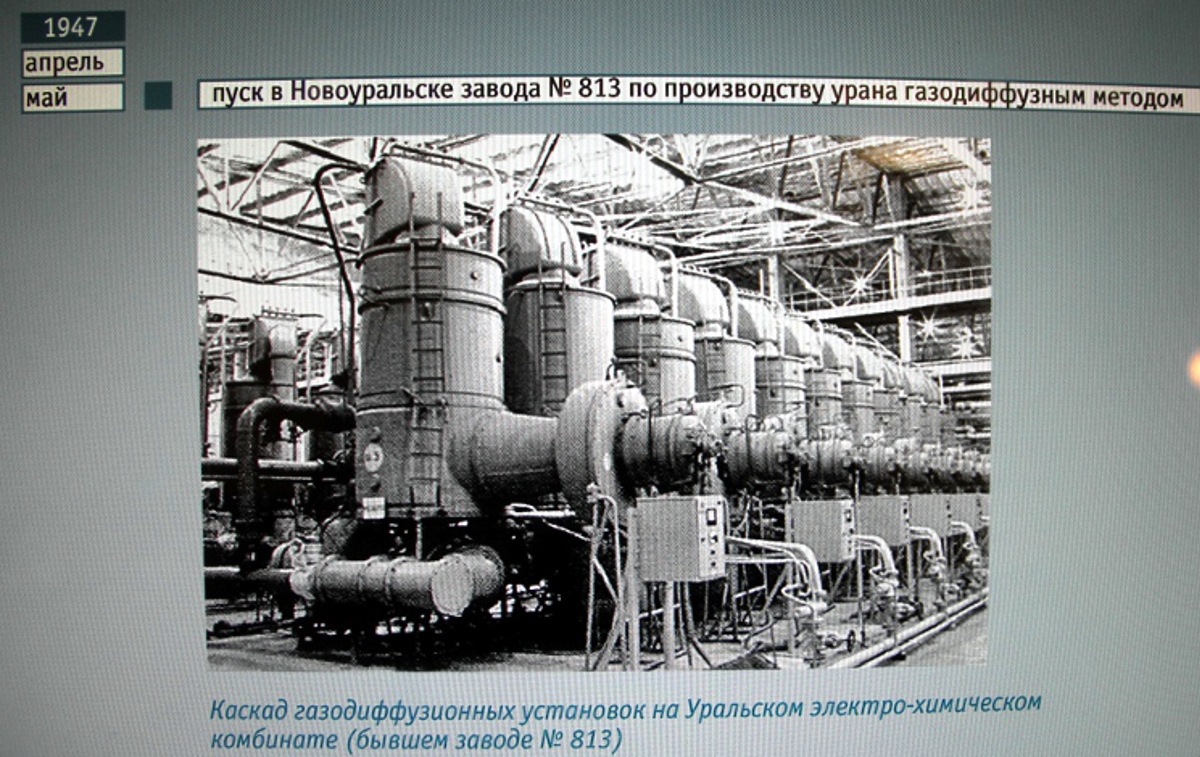
The first Soviet atomic bomb had a design that repeated the device of the American bomb "Fat Man" as far as the technological capabilities of the Soviet industry allowed. In order to preserve the secrecy, which in the USSR was at the level of paranoia, the bomb was called RDS - "special jet engine". The bomb weighed 4.6 tons, contained 6.5 kilograms of plutonium and had a power of 22 kilotons in TNT equivalent, a body length of 3.7 m, a diameter of 1.5 m. The test was conducted on August 29, 1949 at the Semipalatinsk test site.
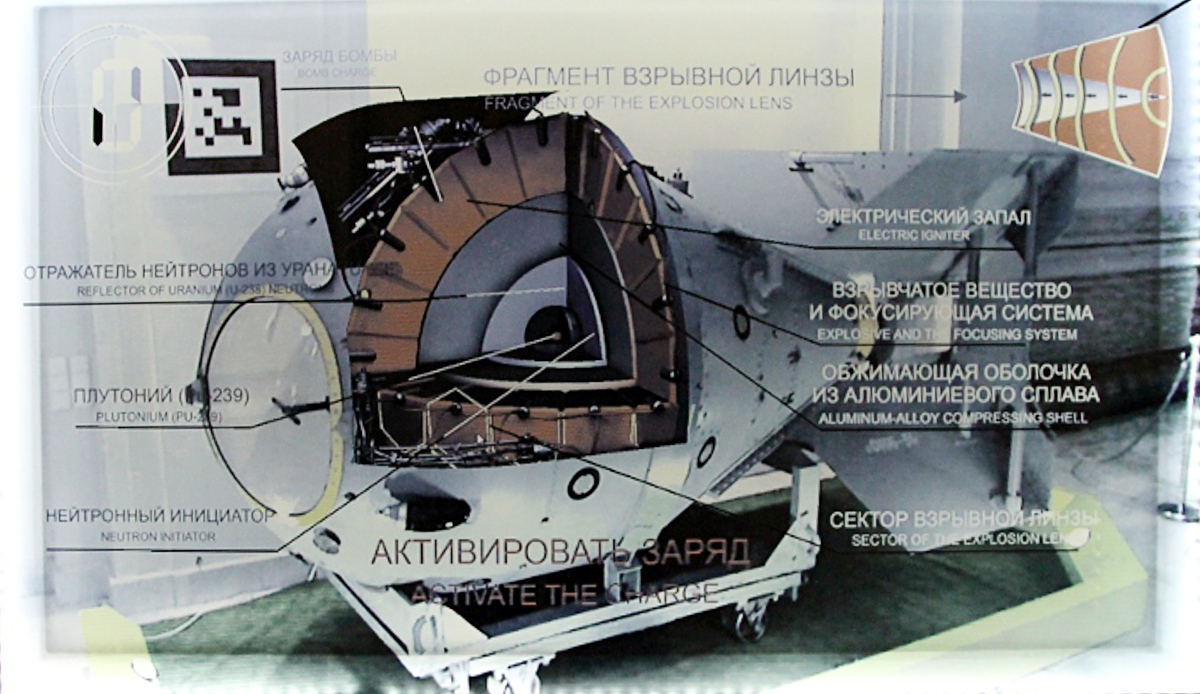
Nuclear bombs are hollow balls that are inserted into each other. In the very center is the initiator ("fuse") - a beryllium ball covered with polonium with a diameter of 2 cm. The initiator is placed inside a hollow ball of plutonium-239 with a diameter of 80 mm, this is the nuclear charge. Then there is a layer of uranium-238 with an outer diameter of 230 mm, which serves as a neutron reflector. The central part of the charge is covered with a thick layer of aluminum with a diameter of 460 mm, on which blocks of explosives with different properties (TNR and RDX) weighing about 2 tons are laid. And finally, all this is placed in a duralumin shell with a diameter of 1400mm.
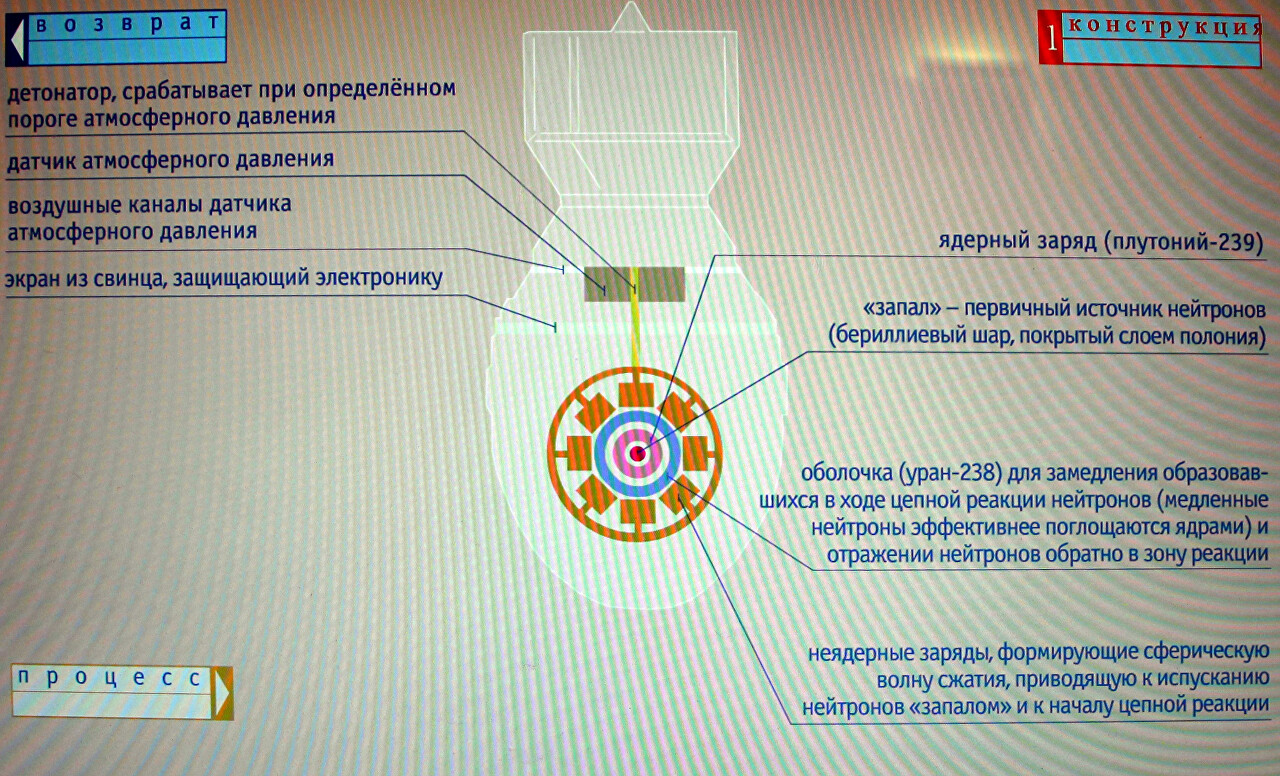
The process of detonating a nuclear warhead: The detonator activates the outer sphere of the explosive, forming a spherical shock wave that compresses the nuclear charge and brings the plutonium to a critical state. Alpha particles of radioactive polonium located in the "fuse" knock out neutrons from beryllium, which initiate a chain reaction in plutonium. The uranium shell reflects neutrons, returning them to the chain reaction zone, strengthening it.
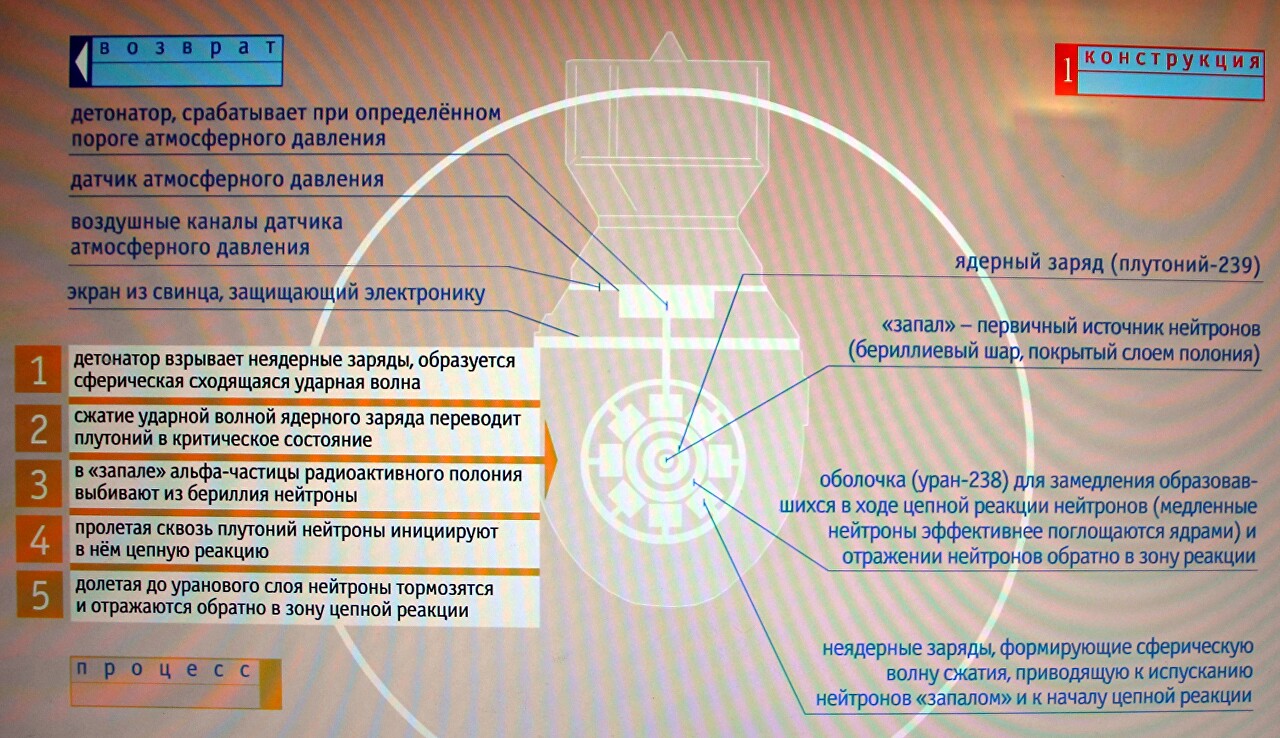
The bomb had several protection devices against spontaneous explosion. The first lock represents the impeller, which rotates from the air flow when falling, it unlocks unlocks the explosive device of non-nuclear charges.
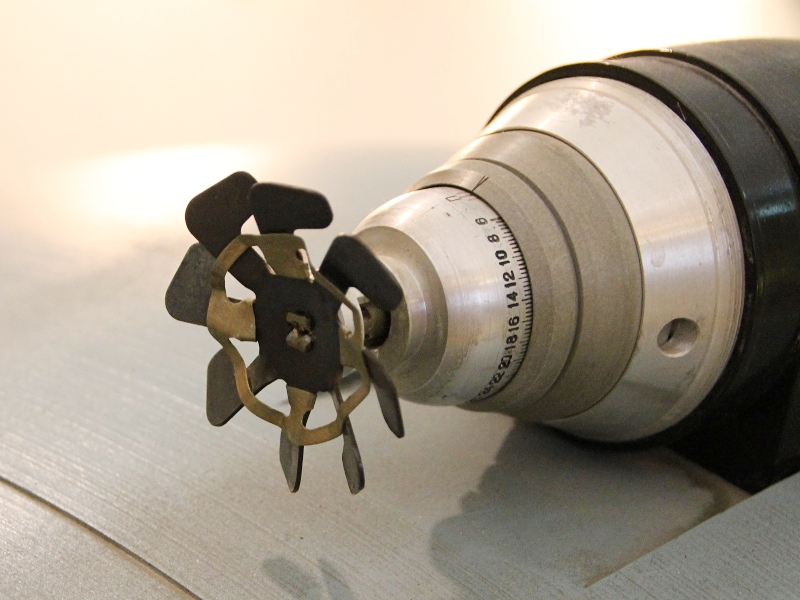
The large "eyes" in the nose of the bomb are radio altimeter antennas covered with organic glass fairings. the second bomb was removed when the bomb reached a certain height above the terrain.
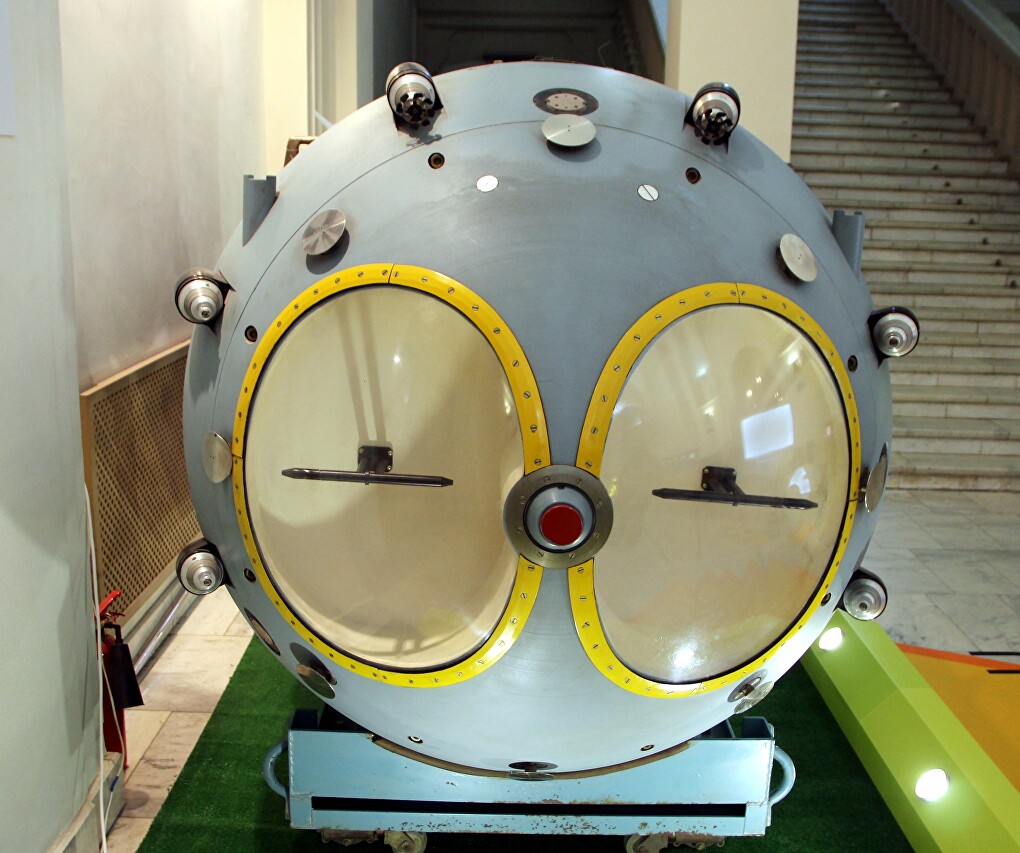
In the tail section of the bomb, a detonator with an atmospheric pressure sensor is installed. The detonator is triggered at a given height, of course, when the rest of the locks are removed. The electronic equipment of the fuses, telemetry, and detonator is separated from the nuclear charge by a lead partition.

At the end of the 50s, the nuclear powers of the United States, Great Britain and the USSR stopped nuclear tests, but in 1961 Khrushchev , contrary to the opinion of Soviet scientists, decided to show the world "Kuzkin's mother" (a Russian idiomatic expression meaning a threat of reprisal). On October 30, Novaya Zemlya tested a "Tsar bomb" with a power of 50 megatons of TNT, the shock wave from the explosion of which circled the globe three times. As a result, the doctrine of "guaranteed mutual destruction" appeared and the nuclear confrontation moved to a new level.
